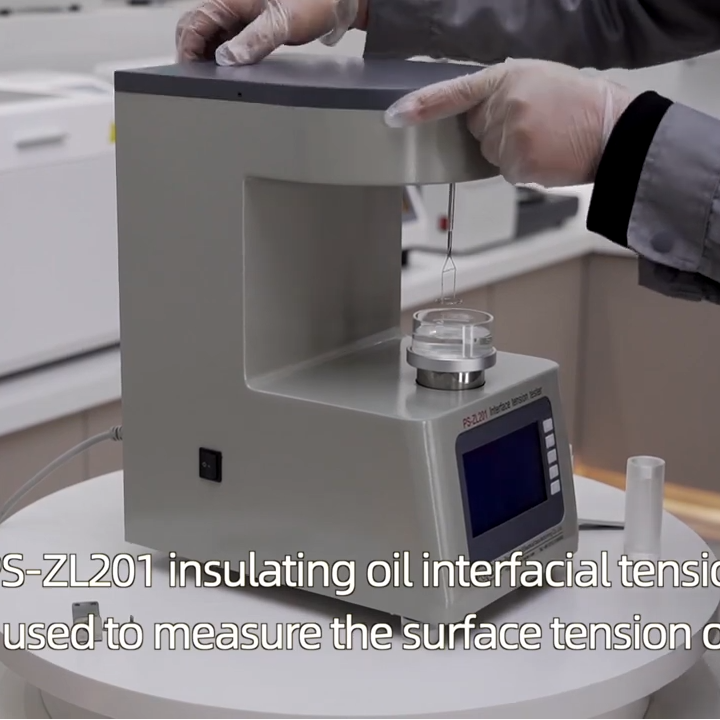 English
English


Optimizing Gas Chromatography Techniques for Enhanced Analytical Results and Efficiency
Understanding Gas Chromatography Principles and Applications
Gas chromatography (GC) is a powerful analytical technique widely used for separating and analyzing compounds that can be vaporized without decomposition. The method is highly effective for both qualitative and quantitative analysis, making it an essential tool in laboratories across various fields, including environmental testing, food safety, and pharmaceutical industries.
The Principle of Gas Chromatography
At its core, gas chromatography operates on the principle of partitioning compounds between a stationary phase and a mobile gas phase. The process begins with a sample being vaporized and injected into the GC system, where it is swept along by an inert carrier gas, such as helium or nitrogen. The column, typically coated with a liquid stationary phase, serves as the site for the separation of components based on their volatilities and interactions with the stationary phase.
As the sample travels through the column, different compounds interact with the stationary phase to varying extents, leading to different retention times. More volatile compounds tend to pass through the column quickly, while less volatile compounds are retained longer. The result is a series of peaks on a chromatogram, each corresponding to a specific compound present in the sample.
Components of a Gas Chromatography System
A typical gas chromatography system consists of several key components
1. Sample Injector Introduces the vaporized sample into the GC system. 2. Carrier Gas System Provides the inert gas that transports the sample through the column. 3. Chromatographic Column The heart of the system where separation occurs, typically housed in a temperature-controlled oven. 4. Detector Identifies and quantifies the separated compounds as they exit the column. Common detectors include Flame Ionization Detector (FID) and Thermal Conductivity Detector (TCD). 5. Data System Records the chromatogram, allowing for analysis and interpretation of the results.
gas chromatography test

Applications of Gas Chromatography
Gas chromatography is versatile and has a plethora of applications
- Environmental Analysis GC is extensively used for detecting pollutants in air, soil, and water. For instance, it can analyze volatile organic compounds (VOCs) which may pose risks to human health and the environment.
- Food Industry In food safety, GC helps in identifying contaminants such as pesticides and additives. It is also employed in flavor and aroma analysis, contributing to quality control in the food production process.
- Pharmaceuticals The pharmaceutical industry utilizes GC for the purity testing of compounds, as well as for the quantification of active ingredients in formulations. This ensures compliance with regulatory standards and maintains product safety.
- Forensic Science Gas chromatography is a crucial technique in forensic investigations, allowing forensic scientists to identify substances in biological samples, clothing, or any potential physical evidence.
Conclusion
Gas chromatography is a pivotal analytical tool that exemplifies the intersection of chemistry, technology, and practical application. Its ability to provide rapid and accurate analysis makes it indispensable in various industries. As advancements in chromatography technology continue, we can anticipate even more refined methods that will enhance sensitivity, resolution, and speed, all of which will contribute to improved safety and quality standards globally. Understanding gas chromatography not only enhances our ability to analyze complex mixtures but also deepens our appreciation for the meticulous science behind it.
-
Differences between open cup flash point tester and closed cup flash point testerNewsOct.31,2024
-
The Reliable Load Tap ChangerNewsOct.23,2024
-
The Essential Guide to Hipot TestersNewsOct.23,2024
-
The Digital Insulation TesterNewsOct.23,2024
-
The Best Earth Loop Impedance Tester for SaleNewsOct.23,2024
-
Tan Delta Tester--The Essential Tool for Electrical Insulation TestingNewsOct.23,2024





